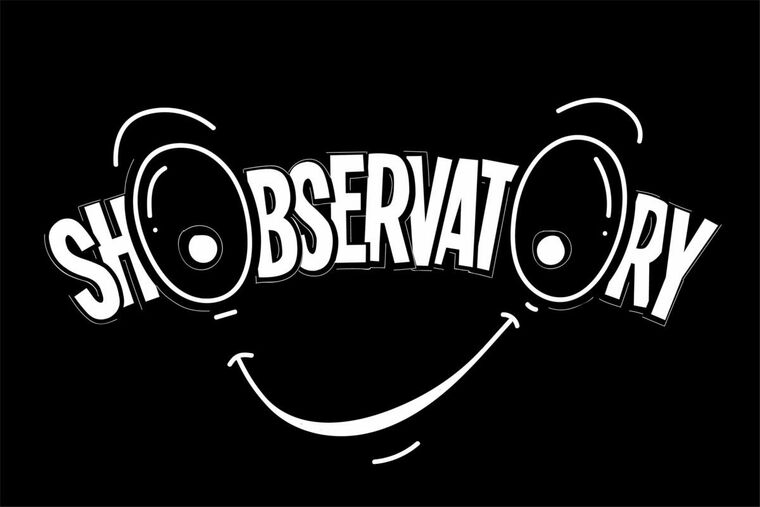Brand Ethics in pandemic times
Step 1 – The Brand DNA: history, vision and mission to build upon

Welcome back to the first step, out of seven, that emerged from a global research study that analyzed the views of consumers and employees with regards to the ethical behaviours of brands.
Step 1 is related to the analysis of the brand DNA.
Being aware of the company history, vision and mission make the understanding of the choices, directions and commitments, much clearer, both internally -for employees - and externally - for consumers.
A DNA brand analysis is useful in order to be aware of what has led to creating the company, its roots, its inner values, its successes and strengths.
History
Employees and consumers want to know about the history of the brand: it can be a long history or a shorter one, what is important is that it is based on continuous innovation and development thanks to specific and demonstrated skills and expertise.
When history is missing or not known, the brand could seem questionable and less attractive to people, in fact, they want to be told about the various life stages through which the company has passed, as if it were a person to relate to.
In a historical moment marked by uncertainty, the past represents something safe and reliable that can become an excellent strategic driver.
An Italian respondent on a leader company in the nutrition area: “It was founded 41 years ago with a noble aim, and it is still concretely contributing in making the world a better place to live in.”
The narration of the company's history creates a sense of belonging in current and potential consumers.
As consumers, they want to be informed in a transparent and honest way about the brand purpose and they require consistency amongst what it is told and what it is actually done and implemented, in order to trust the brand.
Leveraging the history and heritage of a brand or company serves to make it unique, different and reinforces the relationship with current consumers and attracts potential consumers.
Our respondents look for affinities with the brand, to recognize their own values in those of the brand.
A Chinese participant on a manufacturing brand: “For the fifth year in a row, it has been named the World's Most Ethical Company 2018 by Ethisphere Association for its commitment to ethical business practices; its leadership creates and promotes a compliant and ethical work environment and leads by concrete example.”
Brand heritage is also an impactful internal communication tool. The history and values that the brand has held over time shape its identity and help create a very strong sense of belonging amongst employees too.
When employees share the same company values, they feel part of it, they work with a purpose that satisfies themselves on a personal level and they feel engaged in coming up with new ideas for their own well-being and that of the company they work for.
This is why the recruitment interview is considered relevant by the participants: it is at this time that emerges whether the candidate's personality can be in line with the company's values.
The employee's well-being in the company begins at this time, by defining:
Career expectations, based on short and long term objectives of the company and employee, which consider personal and private needs of employee’s life, i.e. special events, i.e. marriage, pregnancy, etc.
Planning of trainings to learn new skills, in line with own talents and vocations tested at different times since these can change or develop
Modes of recognitions, which must be personalized, useful and based on work-life balance needs, for example give a bonus for a charitable trip to contribute to the welfare of the planet, or spend a few days in a spa with the partner.
An UK respondent declared: “I have worked for them in the past, and they are a very inclusive team, they organized a course to teach us respect and kindness. They demonstrated care towards every single employee and encouraged employees to care for each other too”
Vision and Mission
Vision and mission are two distinct but complementary concepts.
The Vision identifies the idea of the founders, their aspirations, imagining the future scenario expressing the values and beliefs of the company.
An effective vision has to be well defined, explicit and shared with all levels of the organization. Employees need to be fully aware of these aspects and they want to be involved in creating and developing the future of the company they proudly work with.
The Mission, on the other hand, represents a company's declaration of intent, describing how its objectives will be achieved on a day-to-day basis. This is what people desire to know, they want to be informed about all the steps a company is intentioned to take and they want to be accompanied in this evolutionary path, both as an employee and as a consumer.
The process leading to the company mission definition consists of responsibly state why you do what you do, what you do, how you do it, and for whom you do it.
The two concepts, vision and mission, are therefore related, but the first has to do with the dimension of the dream and the long-term goals of a company, while the second focuses on the present and the more practical aspects of the company's activity.
A participant from Mexico about a cosmetic company: “It clearly works for the environment, respects the workers, their living conditions and their communities. The company firmly believes in transparency and responsibility also in relation to the society and in the way products are made.”
See you next week with the second step to become an ethical company and take care of people, both employees and consumers: we will talk about the role of the place where the company is located.
For any further information or for sharing ideas and opinions, we would be pleased to hear you:
Giulia Fabrizi
Managing Director at Almar Quality ResearchAfter graduating in Social Psychology with a thesis on Colour Psychology, Giulia worked initially in Human Resources before moving on to Marketing Research, first focusing on Quantitative and later on Qualitative research at national and International level. She continued to acquire in-depth experiences on this sector over the years, using new methodologies to interpret consumer behaviour in this constantly changing world.
She is proud to be an ESOMAR member since 1995 and to have been ESOMAR Co-Representative for Italy over 4 years (2017-2021).
She is also member of Assocoaching as Business Coach, Team Coach and Parent Coach, Expert in Positive Psychology and certified facilitator in LEGO® SERIOUSPLAY® method.
Alena Silchenko
Intern at Almar Quality ResearchAlena Silchenko is Russian and she is a graduate of Erasmus University in Brussels. She studied Idea and Innovation Management: a new field that's all about turning great ideas into fantastic results that help the world to move forward and improve. It implies being creative but not in a traditional sense: it's about connecting the dots, seeing the bigger picture, finding the missing piece, looking at the situation from another perspective. Discovery of her passion for Qualitative Research through her studies, led her to an exciting internship with Giulia!


